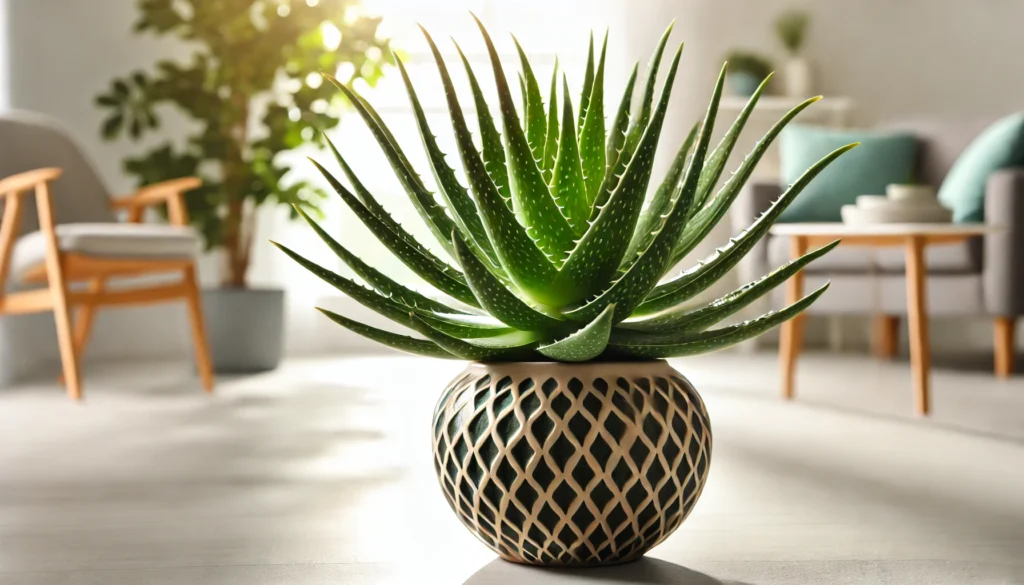
The Hydrangea (Hydrangea macrophylla) is a beloved plant known for its large, lush blooms and versatility in the garden. This perennial shrub can reach up to 6 feet (1.8 meters) in height and spread, making it a stunning focal point in any landscape. Hydrangeas are cherished for their ability to change color based on soil pH, offering hues ranging from pink to blue.
History and Ideal Growing Conditions
Hydrangeas have a long history, originating in Asia, particularly Japan and Korea, before spreading to Europe and North America. They became popular in Western gardens during the 18th century and have since been cultivated in a variety of climates.
Hydrangeas thrive in USDA hardiness zones 3-9. They prefer well-draining soil rich in organic matter. Depending on the variety, they can tolerate full sun to partial shade. In hotter climates, they benefit from some afternoon shade to protect their delicate flowers. Plant hydrangeas in early spring or fall, ensuring they have plenty of space to grow and flourish.
Toxicity and Pets
Hydrangeas contain cyanogenic glycosides, which are toxic to pets if ingested. Symptoms can include drooling, vomiting, diarrhea, and lethargy. While severe poisoning is rare, it’s essential to keep pets away from the plant.
Safe Alternatives: If you have pets, consider non-toxic alternatives like Rose of Sharon (Hibiscus syriacus), Snapdragons (Antirrhinum majus), or Sunflowers (Helianthus annuus) for a similar visual impact without the risk.
Best Practices for Caring for Hydrangeas
Hydrangeas are relatively easy to care for, but following best practices ensures they remain healthy and produce vibrant blooms year after year.
Watering and Humidity: Hydrangeas need regular watering, especially during dry spells. Aim to keep the soil consistently moist but not waterlogged. In regions with low humidity, mulching around the base can help retain moisture. Water deeply once or twice a week, more often in hot, dry weather.
Soil, Light, and Temperature: The ideal soil for hydrangeas is well-draining, rich in organic matter, and slightly acidic to neutral (pH 5.5-7.0). They prefer morning sun and afternoon shade in hotter climates, though some varieties can tolerate full sun. Temperatures between 60-70°F (15-21°C) are ideal, but hydrangeas can survive in colder climates with proper care.
Fertilizing: Fertilize hydrangeas in early spring with a balanced, slow-release fertilizer. Avoid high-nitrogen fertilizers, as these promote leafy growth at the expense of flowers. A second feeding in early summer can help promote blooming, particularly for repeat-blooming varieties.
Common Problems and Remedies
Hydrangeas are generally hardy but can face issues such as leaf spot, powdery mildew, and pests like aphids and spider mites.
- Leaf Spot and Powdery Mildew: These fungal diseases can be controlled by ensuring good air circulation, avoiding overhead watering, and applying fungicide if necessary.
- Pests: Regularly inspect your hydrangeas for pests. Insecticidal soap or neem oil can help control aphids and spider mites.
- Poor Blooming: If your hydrangeas are not blooming, it could be due to improper pruning, insufficient light, or overly alkaline soil. Adjust these factors to encourage flowering.
Pruning and Maintenance
Pruning hydrangeas correctly is essential for maintaining their shape and encouraging healthy growth.
Tools Needed: Use clean, sharp pruning shears for hydrangeas. Sanitize the tools before and after use to prevent disease spread.
Identify Areas to Trim: Prune dead or damaged wood in late winter or early spring. For old wood bloomers, trim after flowering. Remove about one-third of the oldest stems at the base to encourage new growth.
Deadheading: Regularly remove spent flowers by cutting just above the first set of healthy leaves. This practice encourages more blooms and keeps the plant tidy.
Prune Leggy Growth: Trim back any leggy or overgrown stems to maintain a compact shape. This also helps improve air circulation around the plant.
Remove Damaged or Diseased Leaves: Check for and remove any leaves that show signs of disease or damage. This prevents the spread of disease and keeps the plant looking its best.
Shape the Plant: Hydrangeas benefit from occasional shaping. Trim excess foliage to maintain a tidy, well-rounded appearance.
Post-Pruning Care: After pruning, water the hydrangeas thoroughly and apply mulch to retain moisture and regulate soil temperature.
Propagation and Benefits
Hydrangeas can be propagated through cuttings or by dividing the plant in the fall or early spring. This allows you to expand your garden or share plants with friends. Hydrangeas not only add beauty to your garden but also attract pollinators like bees and butterflies, contributing to a healthy ecosystem.
Final Thoughts
Hydrangeas are a versatile and stunning addition to any garden, offering a variety of colors and forms to suit different landscapes. With proper care, they can thrive for many years, bringing vibrant blooms and lush foliage to your outdoor space. Remember to consider your pets when planting hydrangeas, and opt for safe alternatives if needed. By following the tips in this guide, you’ll enjoy the elegance and charm of hydrangeas in your garden.
Stay connected with the world of plants! Subscribe to Phylofy for expert gardening tips, DIY projects, and eco-friendly inspiration. Join our community and nurture your love for nature. Don’t miss exclusive content and updates. Subscribe now!



